Home>Ideas and Tips>The Best Time To Prune Roses In The Midwest
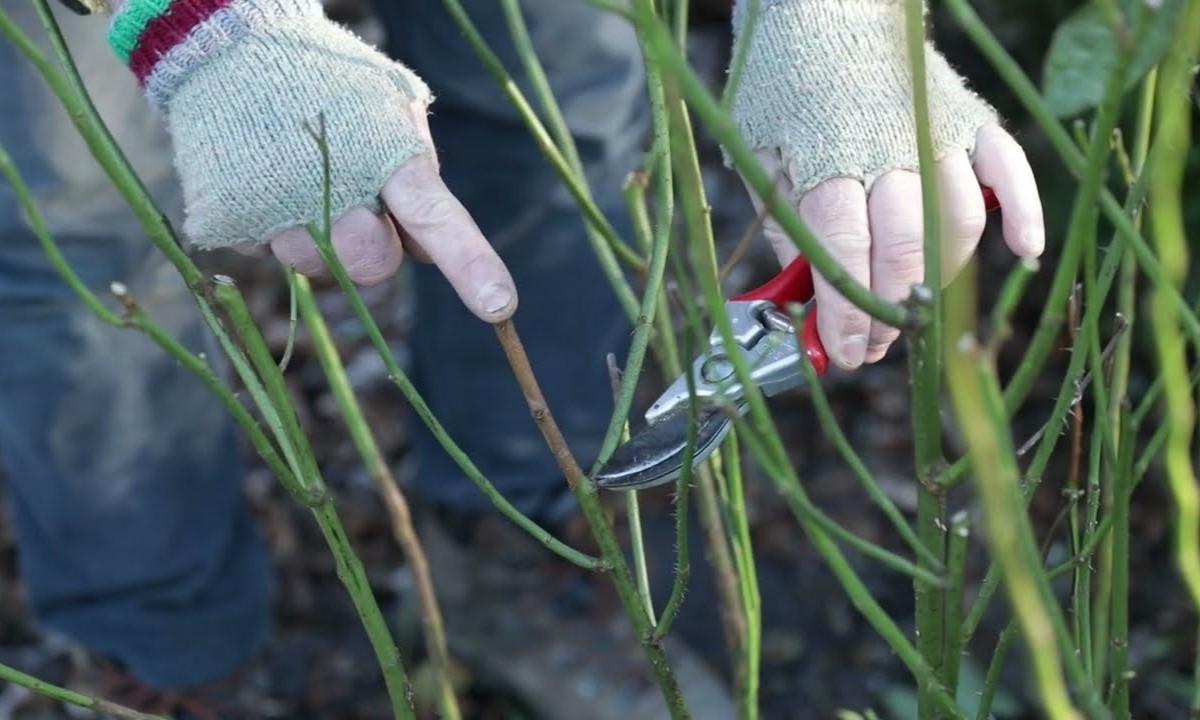

Ideas and Tips
The Best Time To Prune Roses In The Midwest
Modified: October 25, 2024
Discover the best time to prune roses in the Midwest for healthy, vibrant blooms. Learn essential tips and techniques for optimal rose care.
(Many of the links in this article redirect to a specific reviewed product. Your purchase of these products through affiliate links helps to generate commission for Storables.com, at no extra cost. Learn more)
Pruning roses is an essential part of their care, and understanding the best time to do it can significantly impact the health and productivity of your rose bushes. In the Midwest, where the climate can be quite variable, it's crucial to prune at the right moment to ensure that your roses thrive throughout the growing season. In this article, we will delve into the best practices for pruning roses in the Midwest, including when to prune, how to prune, and some additional tips for maintaining your rose garden.
Why Prune Roses?
Before we dive into the specifics of when and how to prune roses, it's important to understand why pruning is necessary. Pruning serves several purposes:
- Removal of Dead and Damaged Wood: Dead, diseased, or damaged branches should be removed immediately to prevent the spread of disease and encourage healthy growth.
- Promotion of Blooms: Pruning helps promote more blooms by encouraging new growth and removing any canes that are not producing flowers.
- Maintenance of Size and Shape: Pruning can be used to maintain a specific size or shape of the rose bush, which is particularly important for shrub roses.
- Improvement of Air Circulation: Pruning out canes from the center of the rose bush improves air circulation, which helps prevent mildew and fungus.
Read more: How Do You Prune Groundcover Roses?
When to Prune Roses in the Midwest
The best time to prune roses in the Midwest depends on several factors, including your specific climate zone and the type of rose you are growing. Generally speaking, most rose pruning is done in early spring before new growth begins or in late winter after the plant has gone dormant.
Using Forsythia as an Indicator
One common indicator for when it's safe to prune roses is the blooming of forsythia. Forsythia typically blooms in late March to early April in many parts of the Midwest, signaling that it's time to start pruning your roses. This method works well because it usually coincides with the end of hard frosts and the beginning of warmer weather that allows new growth to emerge safely.
Checking Weather Forecasts
Another way to determine when it's safe to prune is by checking the weather forecast. If your area has experienced a week of daytime temperatures in the mid-40s and nighttime temperatures above freezing, with no forecasted frosts for the next two weeks, it's likely safe to prune.
Last Frost Date
Pruning can also be done as early as three weeks before the last frost date for your area. This allows you enough time to assess any potential damage from late frosts and make necessary adjustments before new growth begins.
Assessing Plant Health
It's also important to assess your plant's health before pruning. If your rose bushes are still showing signs of winter damage or cold stress, it may be best to wait until they have fully recovered before pruning. This ensures that you're not causing further stress on the plant by removing too much material too early.
Tools Needed for Pruning Roses
Pruning roses requires the right tools to ensure clean cuts and prevent damage to the plant. Here are some essential tools you'll need:
- Sharp Rose Pruners: A sharp pair of bypass pruners is ideal for making clean cuts through stems. These pruners feature curved blades that slide past each other like scissors, providing a precise cut without crushing the stem.
- Loppers: For thicker branches, loppers are necessary. These long-handled pruning tools offer more leverage and are designed for cutting thicker stems.
- Pruning Saw: For larger branches or old canes, a fine-toothed pruning saw may be required. This tool is especially useful for removing dead wood from the center of the plant.
- Gloves and Protective Gear: To protect yourself from thorns, wear heavy rose gloves and long sleeves when reaching inside the rose bush. Elbow-length gauntlet gloves provide additional protection.
How to Prune Roses
Pruning roses involves several steps:
- Remove Dead and Damaged Wood: Cut back any dead, diseased, or damaged canes down to the base of the plant. For slightly damaged canes, cut back only to healthy tissue. Always cut back to an outward-facing bud so that new growth occurs toward the outside of the plant, ensuring good air circulation.
- Remove Suckers: Completely remove any suckers or shoots that arise from the rootstock. This helps direct energy toward producing more blooms rather than supporting non-productive growth.
- Prune Bush-Type Grafted Roses: For bush-type grafted roses, cut 4-8 strong canes to a uniform height, spreading them out away from the center in a V shape. Remove any canes that arise below the graft union whether on the trunk or from roots.
- Prune Climbing Roses: Climbing roses require different pruning techniques based on their flowering habit:
- Ever-blooming Climbers: Remove dead or weak wood but avoid heavy pruning initially. As the plant matures, remove older canes that have become unproductive and cut back younger canes (2-3 years old) to two or three healthy buds.
- Ramblers and Large-flowered Climbers: Prune immediately after blooms fade since buds form on previous year’s growth. Remove canes that bear flowers this year completely to allow space for new canes to develop and produce buds for next year’s season.
- Prune Shrub Roses: Shrub roses rarely need shaping; heavy pruning may destroy their natural beauty. Prune only dead or damaged wood and thin excessive growth.
Additional Tips for Pruning Roses
- Clean Tools: Always clean your pruning tools after each use with hydrogen peroxide, diluted bleach, or alcohol to prevent the spread of disease or fungus.
- Seal Cuts: Apply a commercial sealer designed for this purpose or use Elmer's white glue to seal cuts and prevent disease and insects from entering.
- Prune in Sections: If you have a large rose bush, consider pruning in sections over several days rather than trying to do everything at once. This helps prevent over-pruning and reduces stress on the plant.
- Monitor Plant Health: Keep an eye on your rose bushes after pruning for signs of stress or disease. Adjust your pruning schedule accordingly if necessary.
Read more: Pruning Roses: 15 Smart Tips You Must Know
Conclusion
Pruning roses is an art that requires patience and understanding of the plant's needs. By following these guidelines—using forsythia as an indicator plant, checking weather forecasts, considering last frost dates—and using the right tools—you can ensure that your rose bushes remain healthy and productive throughout the growing season. Remember always to clean your tools properly after each use and seal any cuts made during pruning to prevent disease from entering through these wounds.
By mastering these techniques, you'll be well on your way to creating beautiful gardens filled with vibrant blooms that bring joy and beauty to any landscape.
References: Illinois Extension – Pruning Roses Meyer Landscape – Caring for Roses in the Midwest Midwest Gardening – Rose Pruning: An Easy to Understand Guide Rose Forum – How do I know when it is time to prune my roses? Purdue Extension – Spring Pruning of Roses
Was this page helpful?
At Storables.com, we guarantee accurate and reliable information. Our content, validated by Expert Board Contributors, is crafted following stringent Editorial Policies. We're committed to providing you with well-researched, expert-backed insights for all your informational needs.

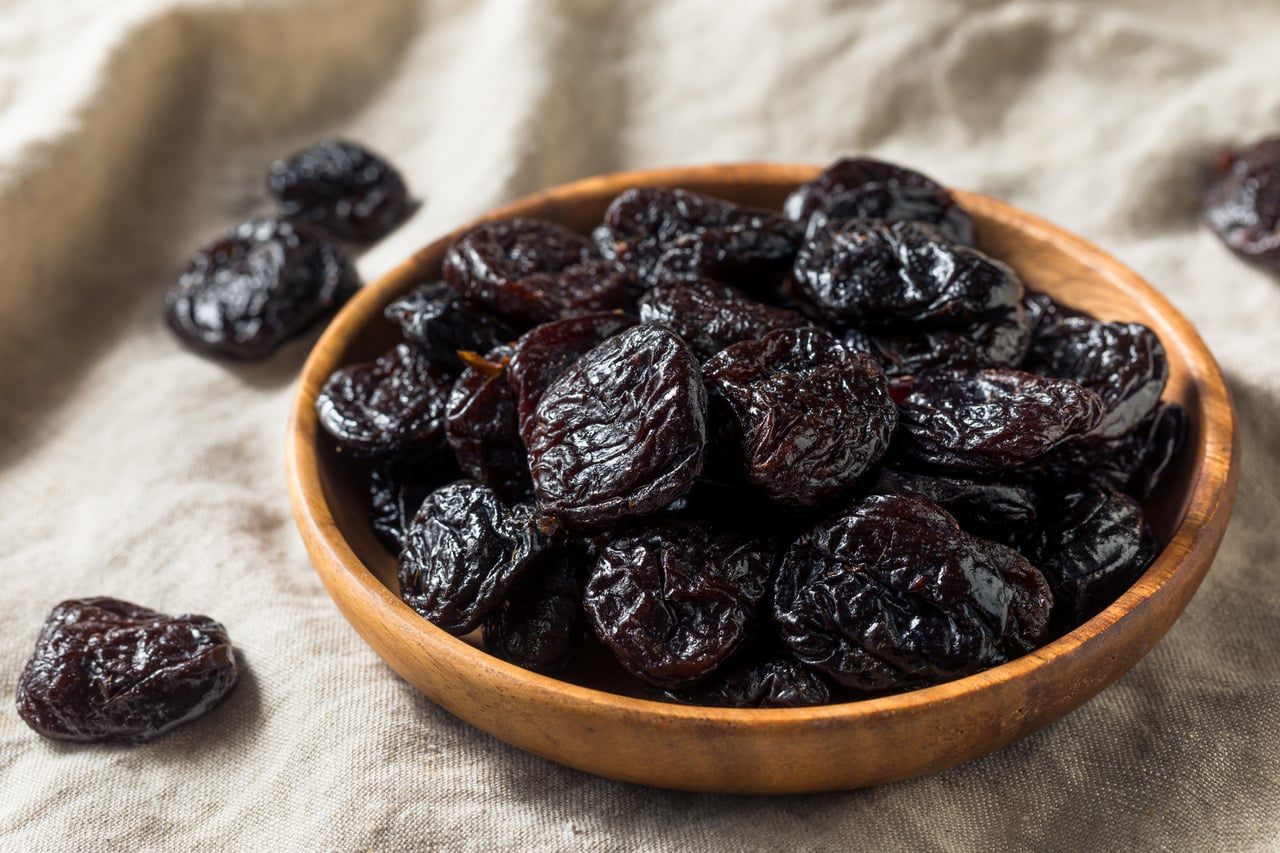
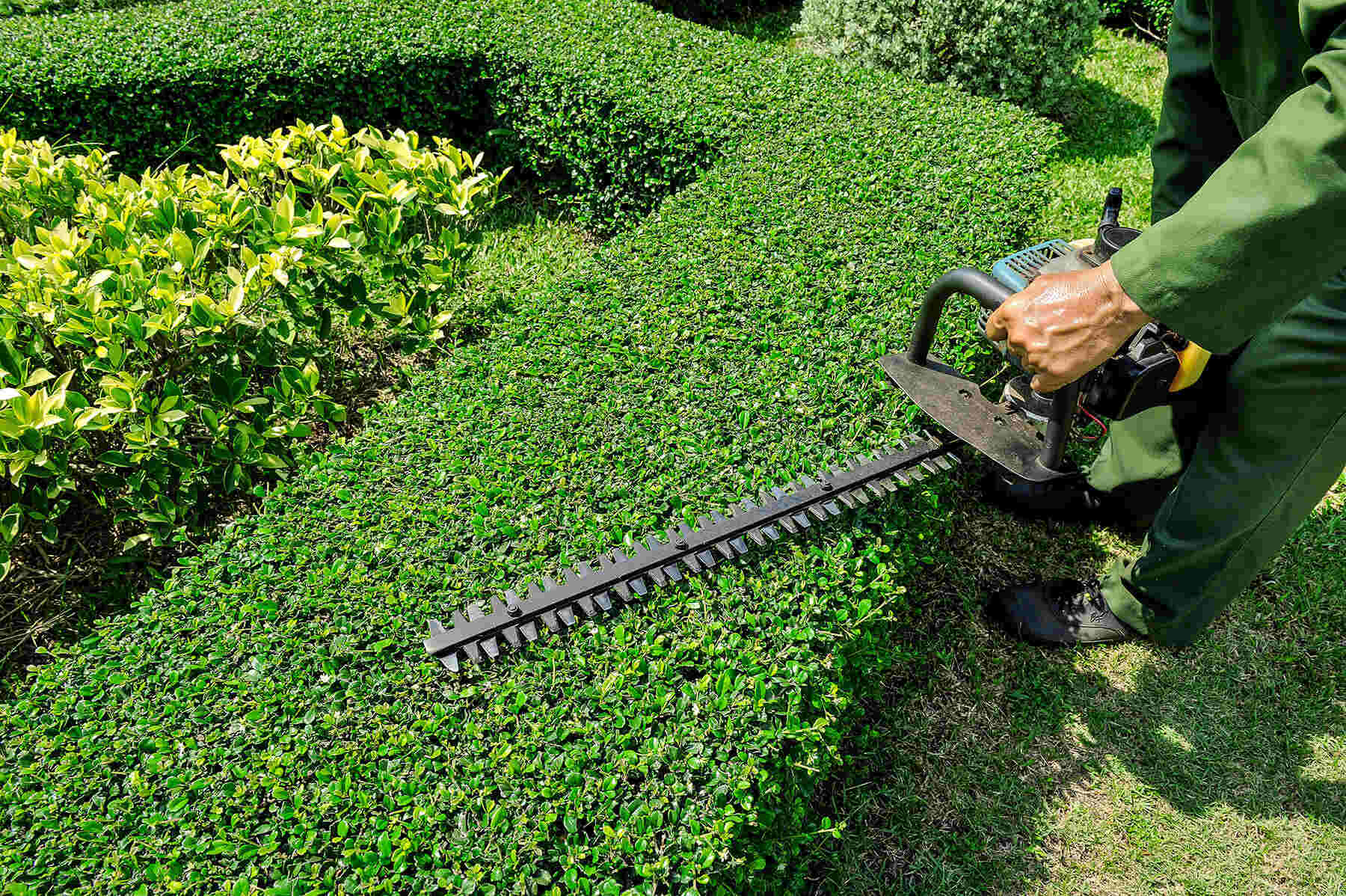
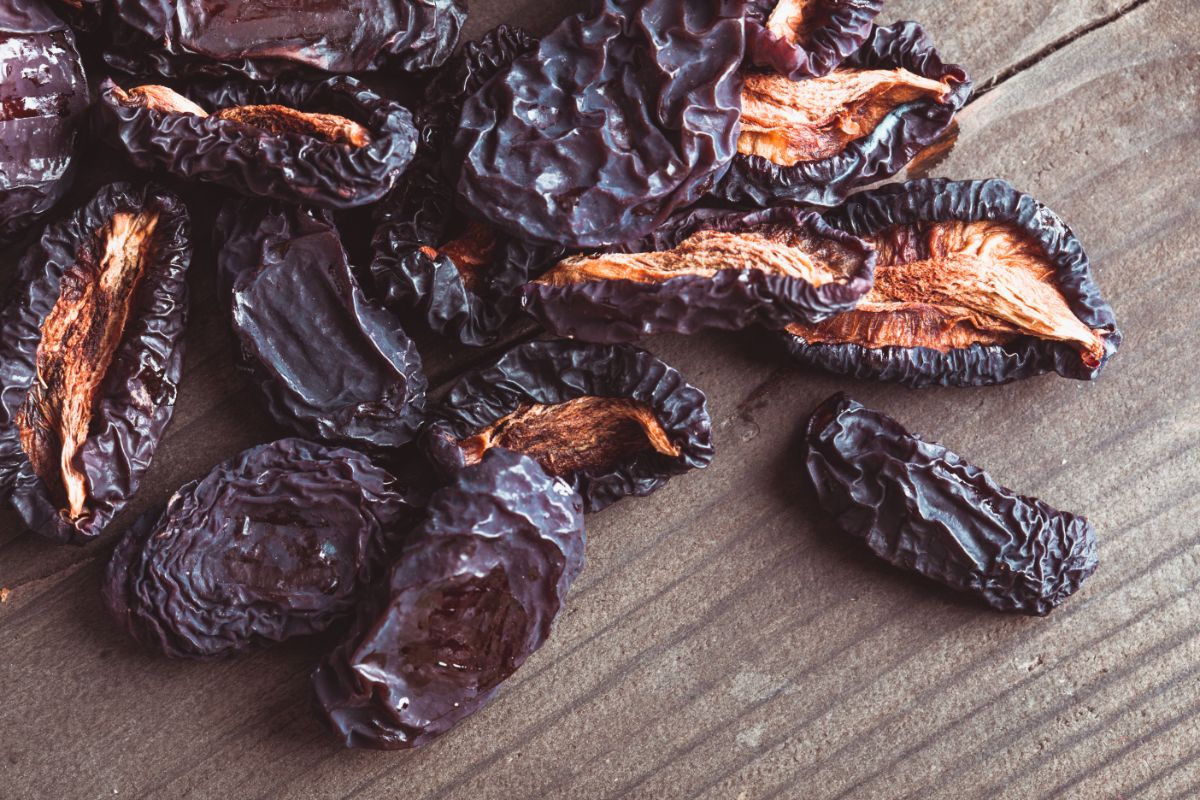
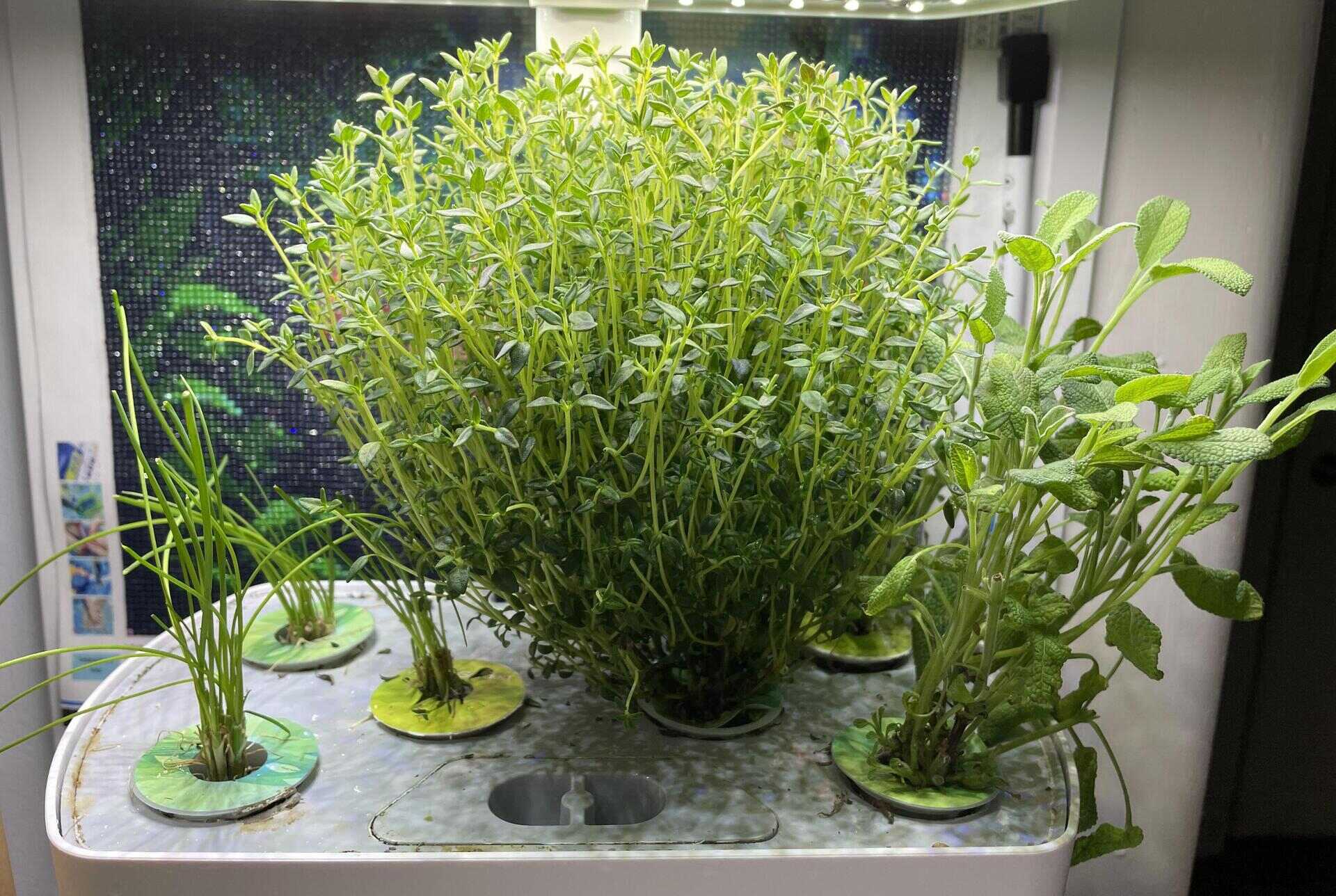
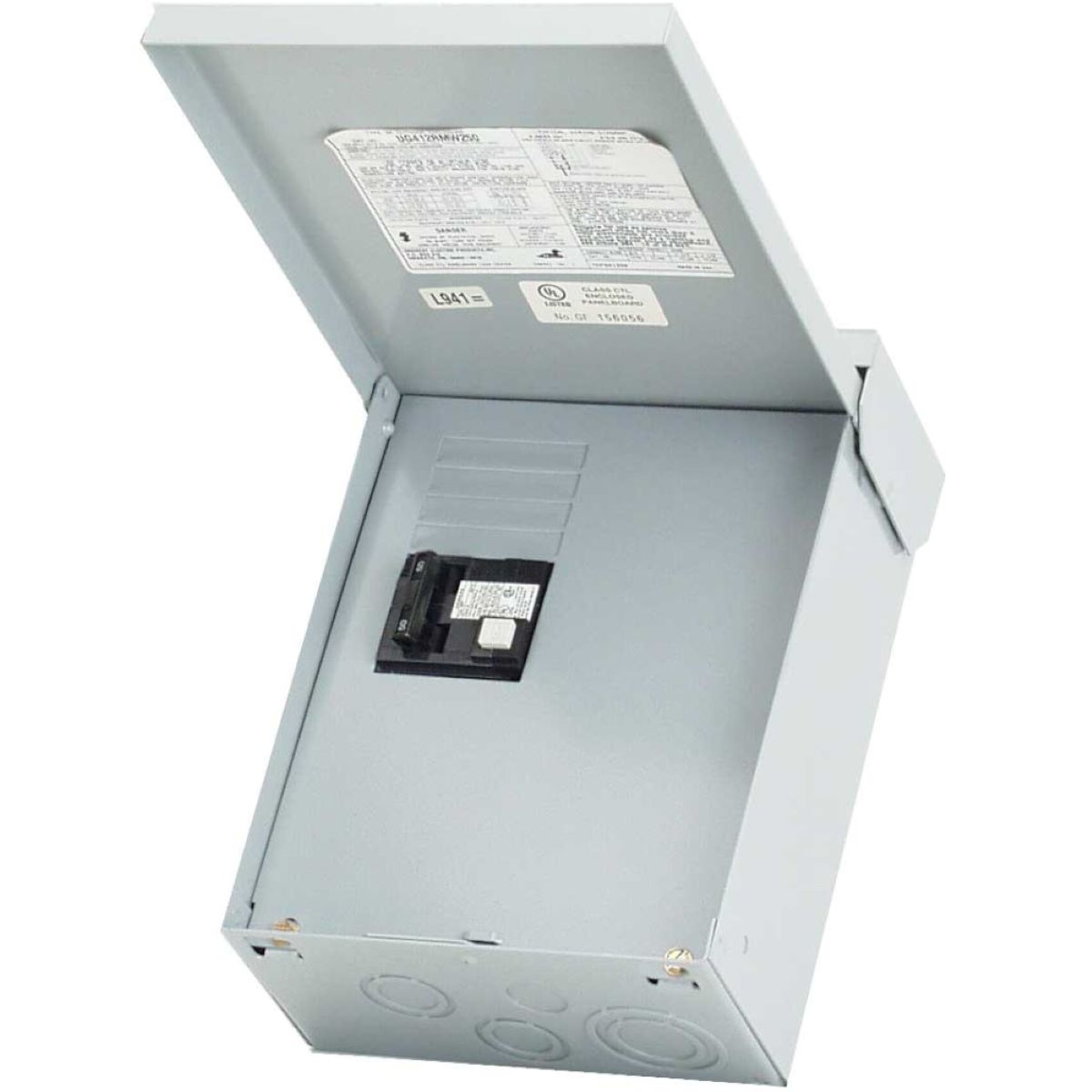
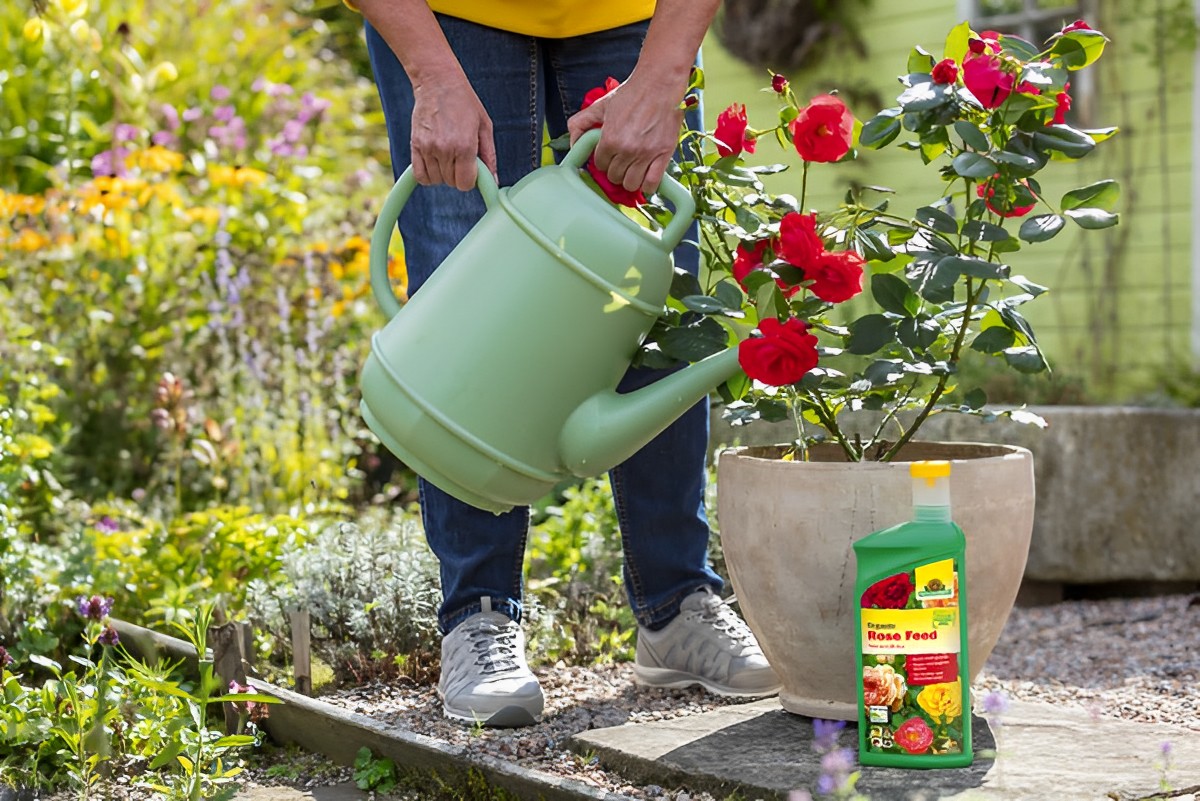
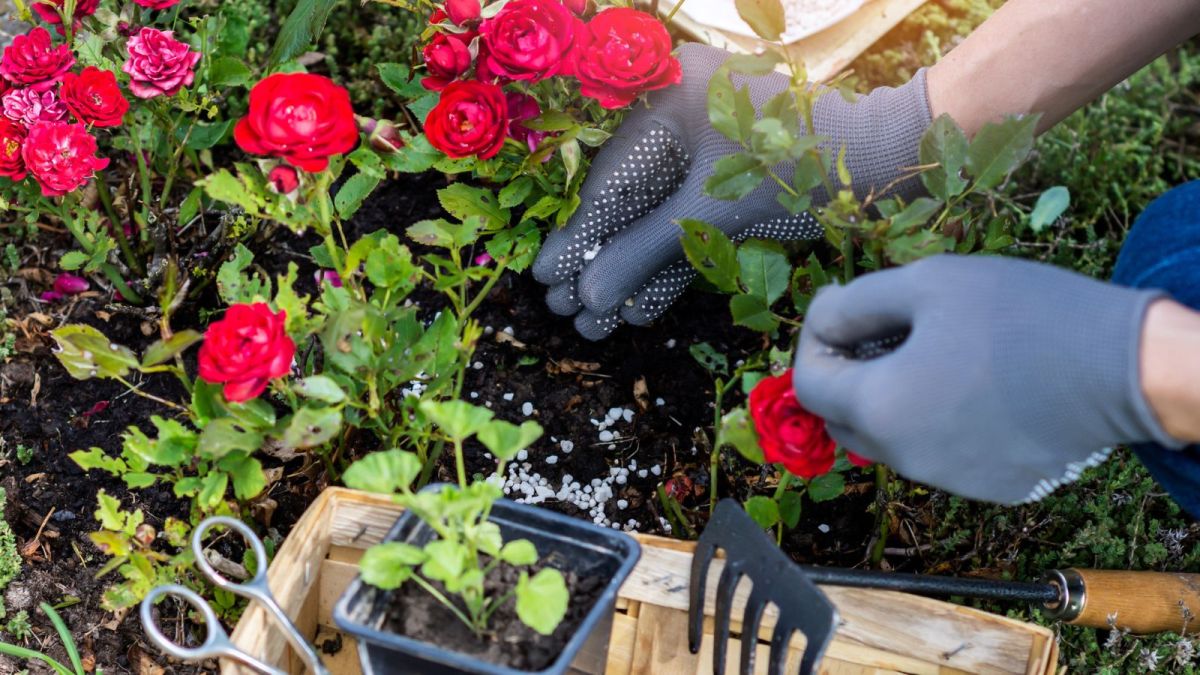
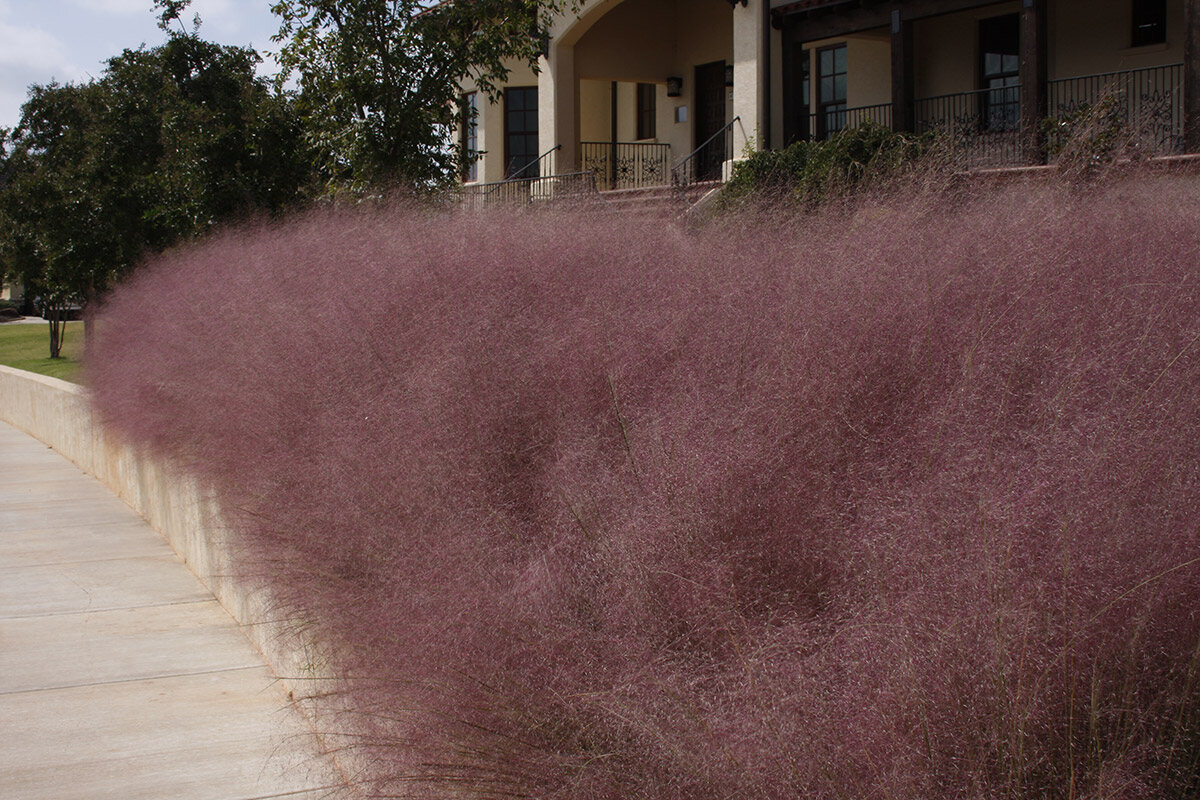
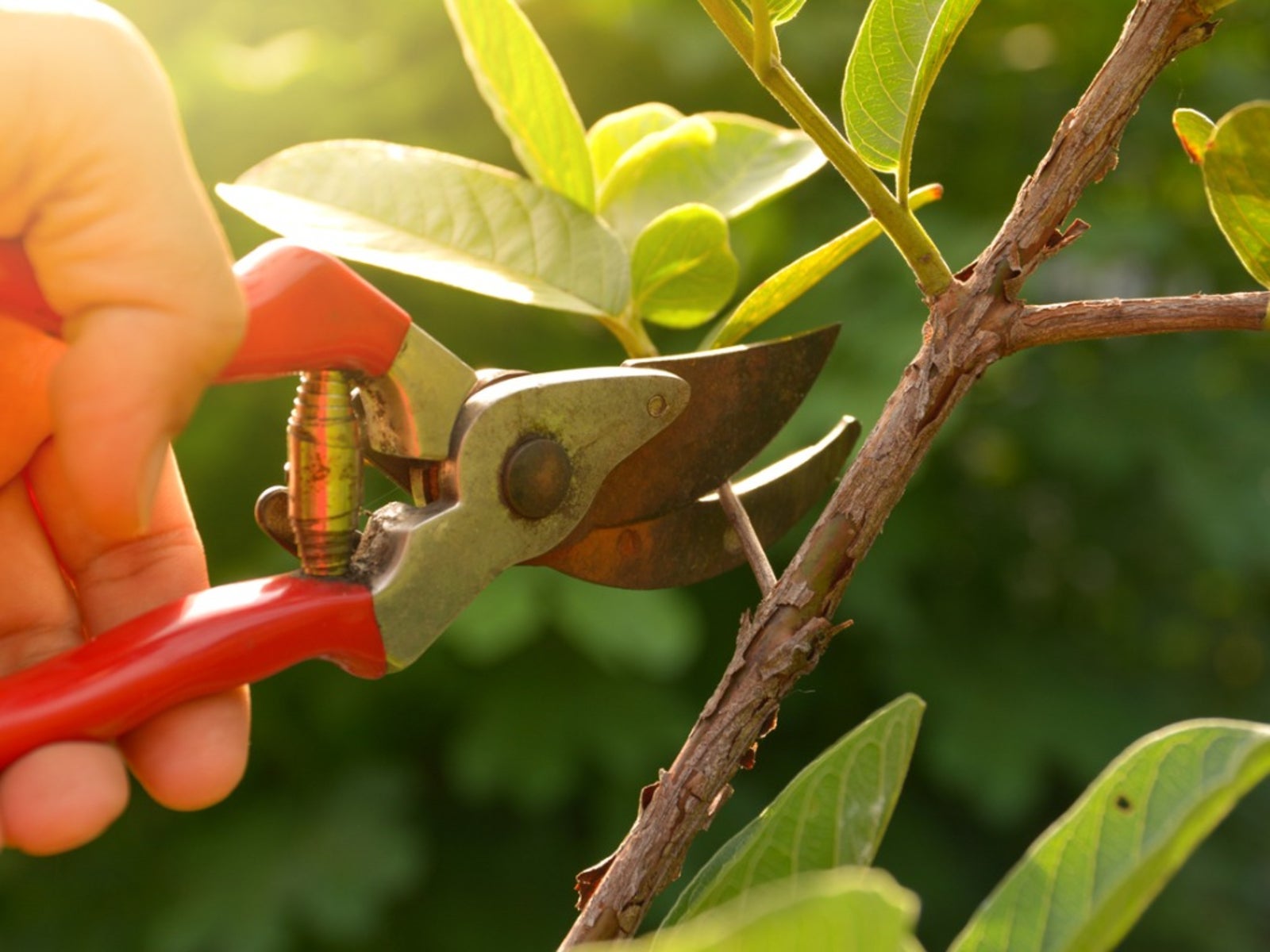
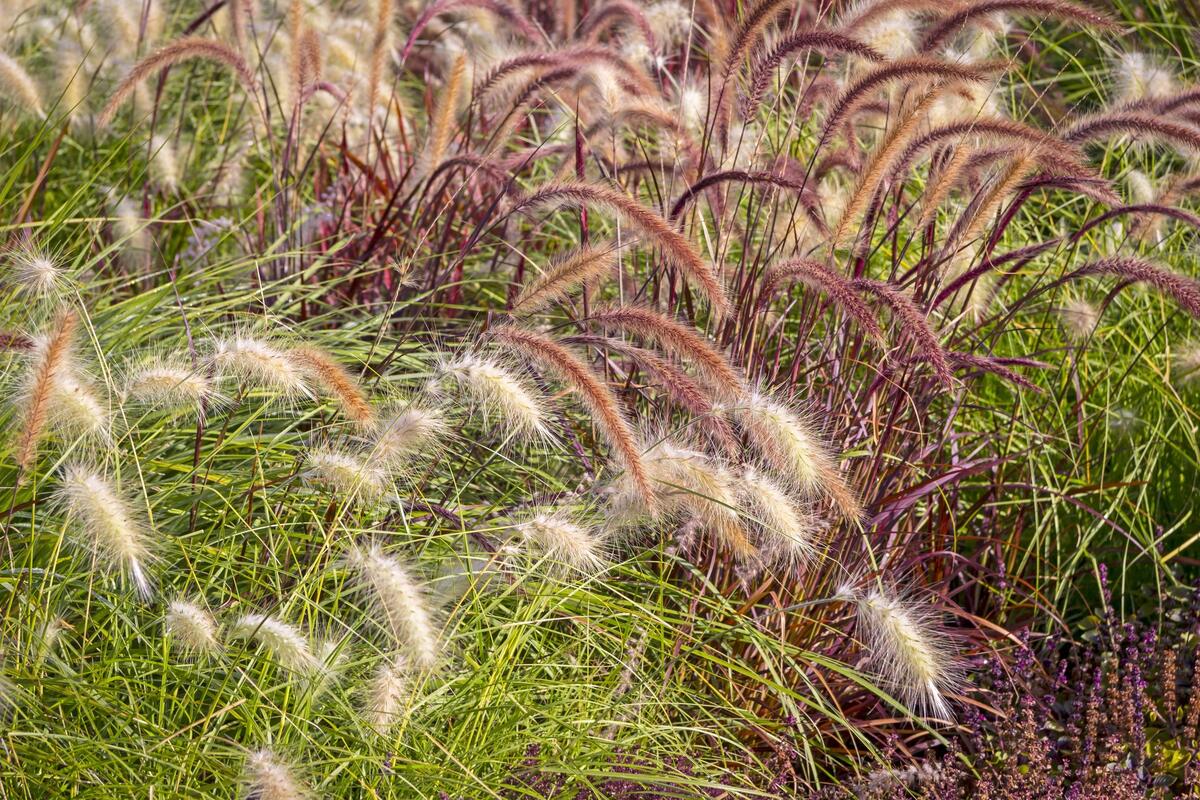

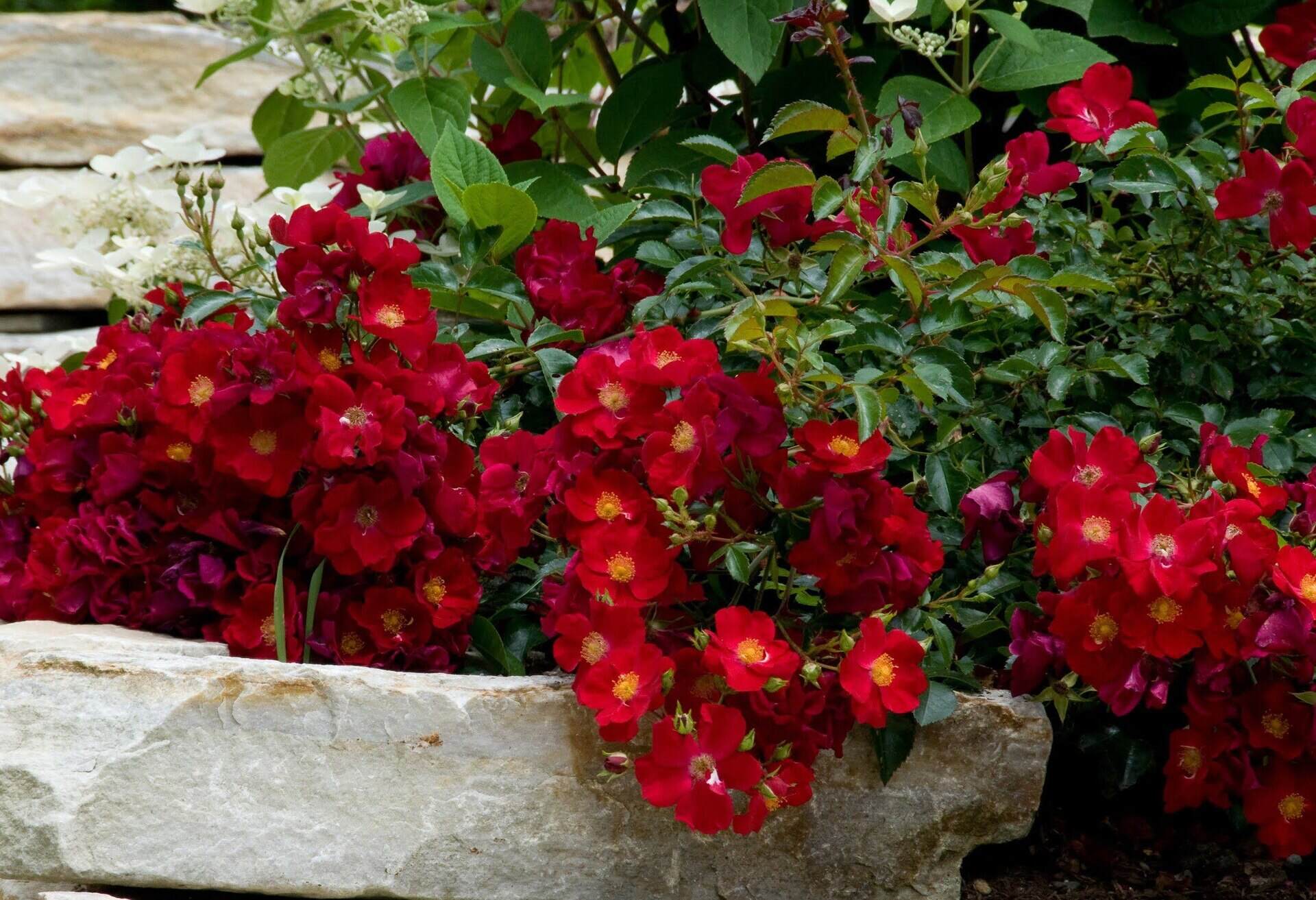

0 thoughts on “The Best Time To Prune Roses In The Midwest”